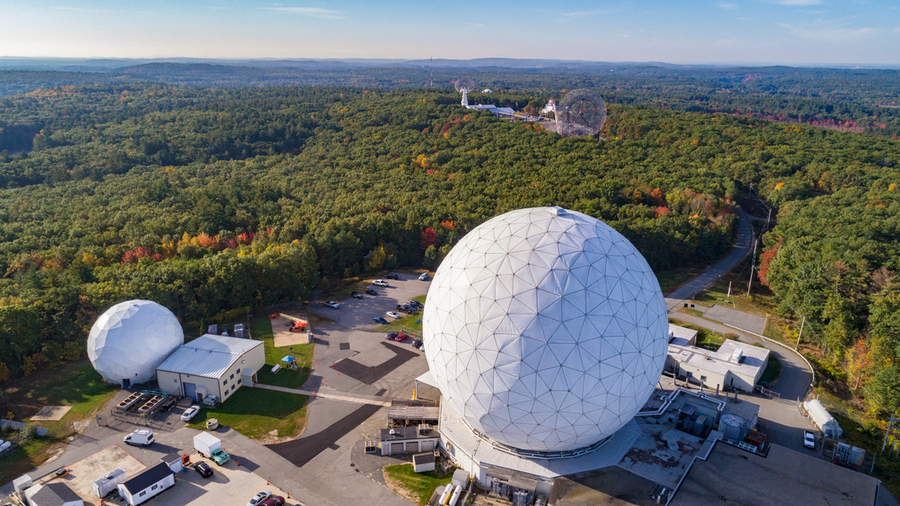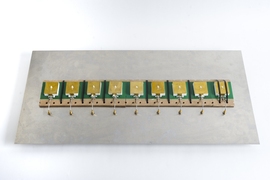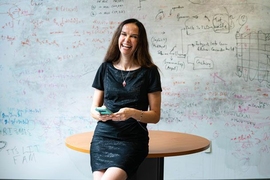Communication technologies are the lifeblood of modern society, and these fundamentally depend on rapid, wireless exchange of information. The increasing demands of wireless networks, GPS navigation systems, and other mainstream consumer technologies, along with an ongoing surge in related commercial development and satellite launches, mean that access to the radio frequency spectrum — particularly in wireless 5G cell systems — is highly sought after. Spectrum management is crucial to ensure usable access for not only these applications but also vitally important scientific research fields, including radio astronomy, weather forecasting, Earth remote sensing from orbit, and many others.
To address these community trends, the U.S. National Science Foundation (NSF) has awarded $25 million over five years to the SpectrumX collective to create the first NSF Spectrum Innovation Initiative Center. MIT’s Haystack Observatory is one of the partner institutions in SpectrumX.
The SpectrumX collective, led by the University of Notre Dame and sponsored by NSF, will unite scientists and engineers from organizations across the country to communicate with representatives from industry and government to “transform the landscape of spectrum research, education, collaboration, and management.” MIT Haystack Observatory will contribute extensively as one of the partner organizations, working hand-in-hand with experts from other institutions.
Haystack work will center on the development of mathematical algorithms and other approaches for enabling continued scientific research in the presence of other radio frequency signals and interference. Engineers will also participate in center work to create widespread, low-cost, low-power sensor devices. These will be paired with software for monitoring and analysis of radio spectrum use, including conflict identification and development of mitigation concepts.
Researchers at Haystack bring a unique concentration of specialized knowledge in various radio science scientific fields — including radio astronomy, atmospheric and geospace research, and geodesy, which is the measurement of the Earth’s size, orientation in space, and gravity. Teaming with other institutions in SpectrumX, Haystack researchers will also help to develop groundbreaking machine learning frameworks for interference identification.
Phil Erickson, associate director at MIT Haystack Observatory, says, “We are looking forward to working both in the expansive SpectrumX collective and in the broader community on the coordination of radio spectrum usage, and to improving the coexistence of scientific, commercial, consumer, and other uses of this vitally important natural resource.”
Lead researchers at Haystack within SpectrumX include Erickson, a radio remote sensing geospace research scientist and frequent contributor to national spectrum policy initiatives for scientific use; Frank Lind, a specialist in RF system development for radio sensing; and Kazunori Akiyama, a lead radio astronomer in the international Event Horizon Telescope collaboration.









